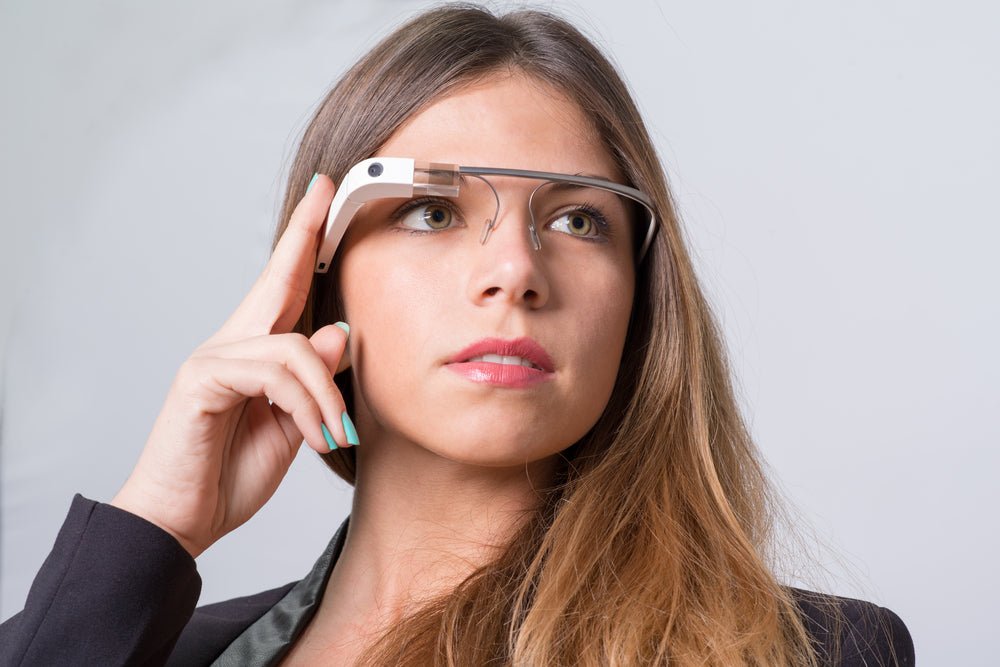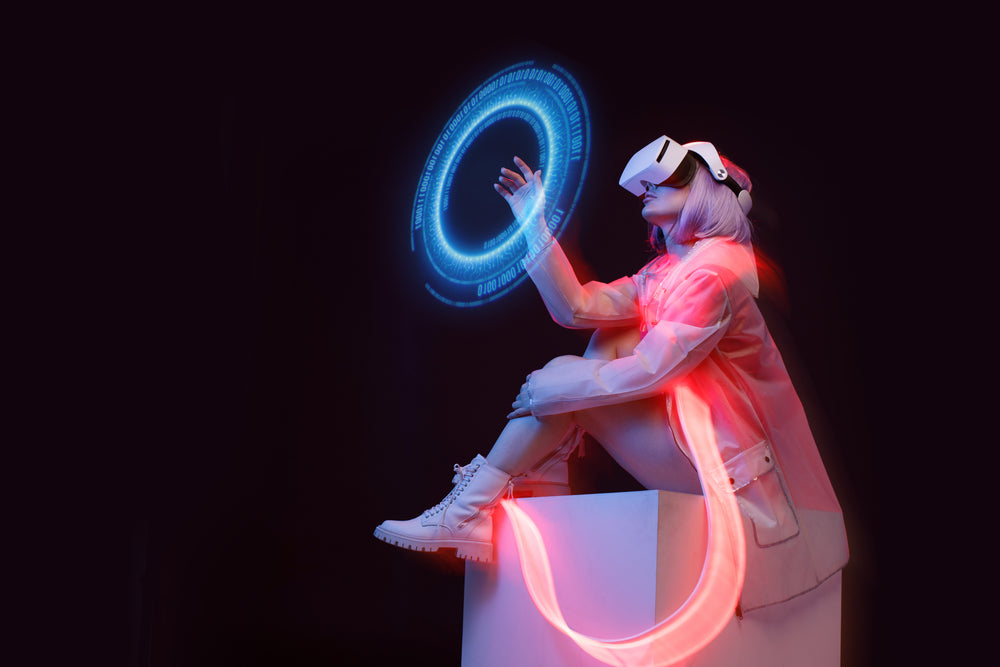In the realm of Mixed Reality (MR) and Augmented Reality (AR) applications, the advent of waveguide technology stands as a beacon of innovation, distinguishing itself from the immersive world of Virtual Reality (VR). Unlike VR, which immerses users entirely in a simulated environment, MR and AR enrich our perception of reality by overlaying digital information onto the physical world. At the heart of this technological leap lies the ingenious application of waveguides.
Understanding Waveguides: A Guiding Light in MR/AR
Waveguides serve as the optical backbone, channeling light within a confined space and enabling it to traverse from a source to the user's eyes. This principle of total internal reflection ensures that light remains bound within the waveguide, creating a pathway for digital content to be seamlessly integrated with the user's view of the real world. This pivotal technology distinguishes MR/AR experiences from their VR counterparts.
Differentiating from VR: Bridging Realities, not Immersing in Simulation
While VR immerses users in entirely fabricated environments, MR and AR augment reality, enhancing the world around us. Waveguides play a crucial role in this distinction. Rather than relying on immersive headsets that occlude the external world, AR/MR devices employing waveguide technology allow users to retain a direct view of their surroundings. This transparency fosters a harmonious fusion of the physical and digital realms.

In the realm of Mixed Reality (MR) and Augmented Reality (AR) applications, the advent of waveguide technology stands as a beacon of innovation, distinguishing itself from the immersive world of Virtual Reality (VR). Unlike VR, which immerses users entirely in a simulated environment, MR and AR enrich our perception of reality by overlaying digital information onto the physical world. At the heart of this technological leap lies the ingenious application of waveguides.
Understanding Waveguides: A Guiding Light in MR/AR
Waveguides serve as the optical backbone, channeling light within a confined space and enabling it to traverse from a source to the user's eyes. This principle of total internal reflection ensures that light remains bound within the waveguide, creating a pathway for digital content to be seamlessly integrated with the user's view of the real world. This pivotal technology distinguishes MR/AR experiences from their VR counterparts.
Differentiating from VR: Bridging Realities, not Immersing in Simulation
While VR immerses users in entirely fabricated environments, MR and AR augment reality, enhancing the world around us. Waveguides play a crucial role in this distinction. Rather than relying on immersive headsets that occlude the external world, AR/MR devices employing waveguide technology allow users to retain a direct view of their surroundings. This transparency fosters a harmonious fusion of the physical and digital realms.
Read more

Augmented Reality (AR) has swiftly moved from science fiction to everyday reality, and at the heart of this transformative technology lies the See-through AR module. With the ability to seamlessly ...

In the ever-evolving world of technology, Augmented Reality (AR) is taking the center stage. This fascinating technology blends the virtual and real worlds, providing an enhanced and interactive ex...



Leave a comment
This site is protected by hCaptcha and the hCaptcha Privacy Policy and Terms of Service apply.